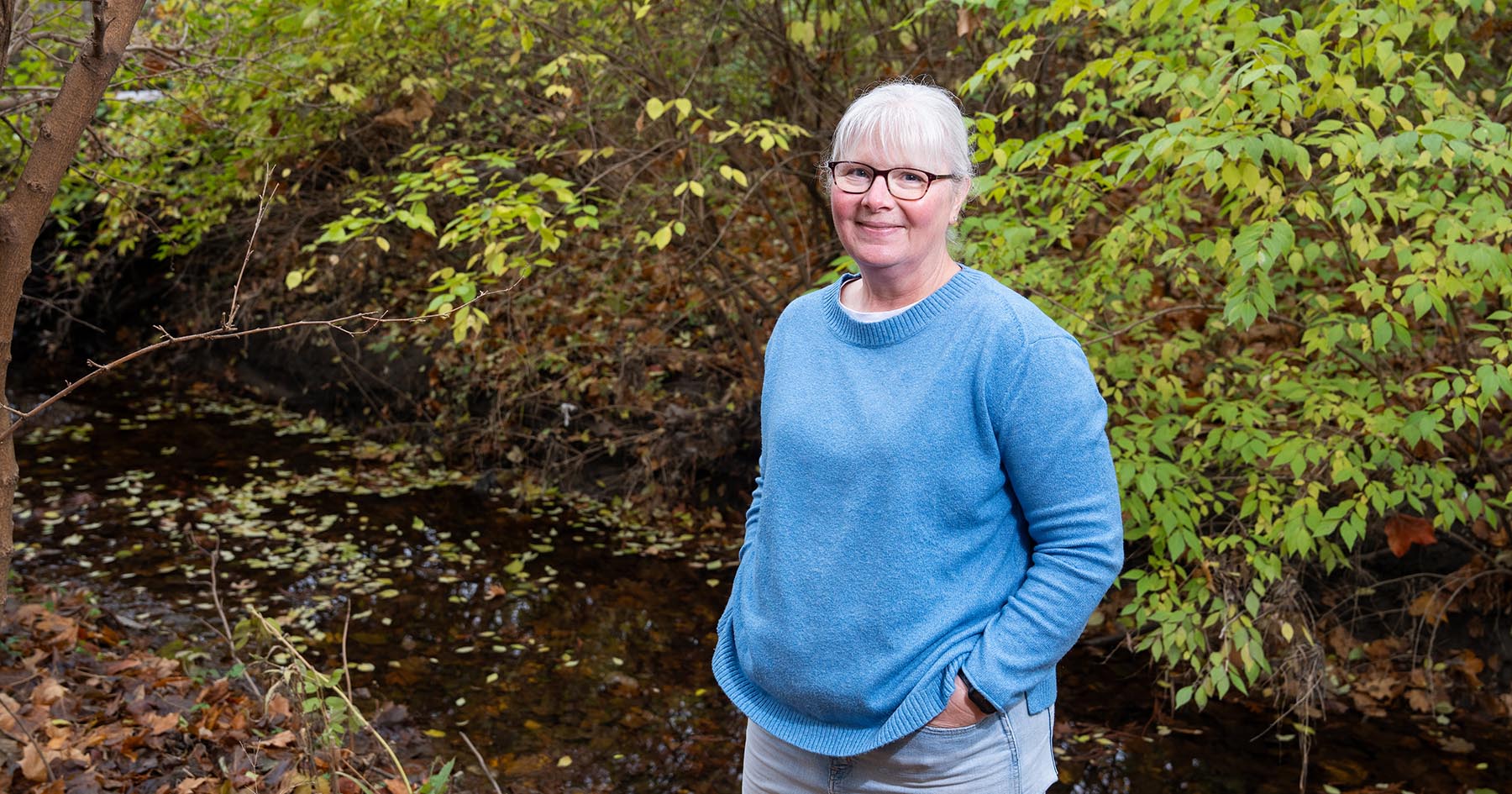How one fern can soak up so much arsenic – and not die
Arsenic-contaminated soil and groundwater pose risks to millions of Americans and hundreds of millions of people worldwide. Cleaning up the toxic metal is a laborious and expensive process, with some remediations of arsenic reaching into the hundreds of millions of dollars.
A fern – Pteris vittata, also known as the Chinese brake fern – holds promise for reducing both the time and cost associated with arsenic cleanup. It is unique because it can hyper-accumulate and tolerate very high levels of arsenic that it takes up from the soil, sequestering the toxic element in its fronds.
Scientists have now determined how this fern does it. Jody Banks, a Purdue professor of botany and plant pathology, and her team described the genetic and cellular mechanisms that control the fern’s arsenic tolerance in a paper published in the journal Current Biology. The findings could lead one day to the modification of other plants that would remediate arsenic from contaminated soils more quickly and efficiently.
“Other researchers have shown that this fern, when grown on arsenic-contaminated soils, can remove almost 50 percent of the arsenic in five years,” Banks said. “It takes time, but it’s cheap.”
Once inside cells - both human and plant – arsenic leads to cell death either through oxidative stress or by interfering with the cell’s ability to produce ATP, a molecule that provides energy for cells. But the fern has mechanisms that guard against these effects.
Banks and Chao Cai, a former graduate student in Banks’ lab, identified three genes that are highly active when the fern comes into contact with arsenic. Silencing each of these genes, they found, leads to death of the plant in the presence of arsenic, demonstrating their importance in arsenic tolerance. By testing the functions of the proteins encoded by these genes, they showed that these proteins may work together to essentially neutralize arsenic once inside the cell.
“These and other genes work together to mop up arsenic inside a cell until it can be stuffed safely away in the cell’s vacuole where it can’t do any harm,” Banks said.
The genes program three proteins – OCT4, GST and GAPC1. Banks and her team showed that OCT4 is a membrane protein, controlling the transfer of compounds through the cell membrane. GST is an arsenate reductase, which serves as a catalyst to turn arsenate from the soil into arsenite, the form of arsenic that can be sequestered.
The GAPC1 protein in other plants uses phosphate to help break down glucose for energy, and arsenate interferes with its normal function. In Pteris vittata fern, however, GAPC1 has a higher affinity for arsenate than phosphate, allowing the plant to tolerate the otherwise toxic substance.
Other researchers have discovered a bacterium, Pseudomonas aeruginosa, that has a similar ability to tolerate arsenic. The genetic mechanisms in the bacterium and the fern are nearly identical, suggesting that the fern evolved an arsenic tolerance mechanism that is similar to that used in bacterium.
“This fern has co-opted the same mechanism to tolerate arsenic that bacteria use,” Cai said. “And it is the only eukaryote that can do this. No plant or animal that we know of can do it like this fern.”
Understanding the genetic and cellular mechanisms that allow the fern to accumulate and tolerate arsenic is an important step in developing other plants that could remediate arsenic-contaminated soils and waters more quickly.
The National Science Foundation funded this research.
 The Pteris vittata fern can hyperaccumulate and tolerate high levels of arsenic, making it an effective way to remediate contaminated soil and water. Purdue University researchers have determined the genetic mechanisms that allow the fern to do this, which could lead to modification of other plants that could remediate contamination even more quickly and efficiently. (Agricultural Communication photo/Tom Campbell)
The Pteris vittata fern can hyperaccumulate and tolerate high levels of arsenic, making it an effective way to remediate contaminated soil and water. Purdue University researchers have determined the genetic mechanisms that allow the fern to do this, which could lead to modification of other plants that could remediate contamination even more quickly and efficiently. (Agricultural Communication photo/Tom Campbell) 




